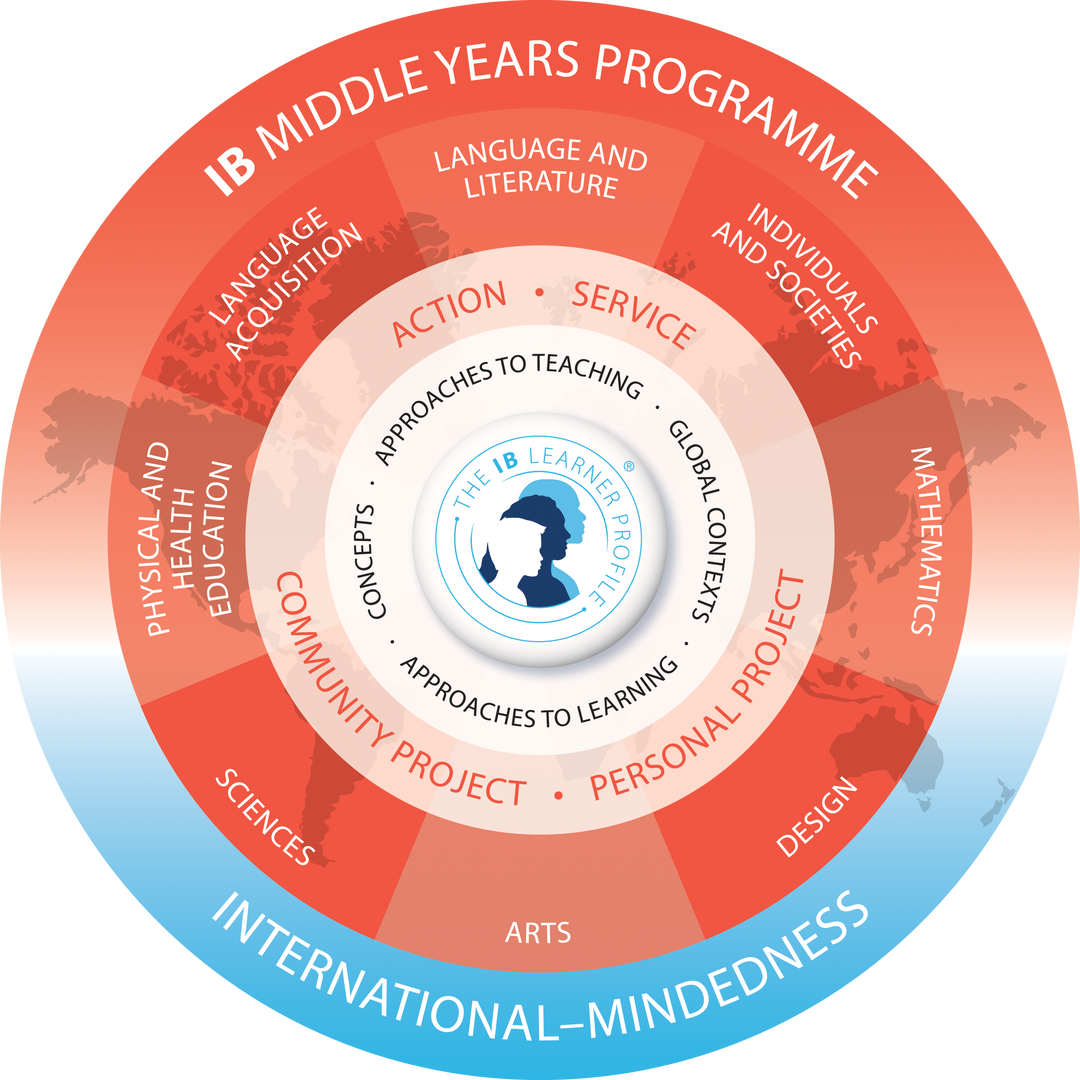The MYP is designed for students between the ages of 11 and 16. This period, encompassing puberty and early mid-adolescence, is a particularly critical phase of personal and intellectual development. The MYP aims to help students develop the knowledge, skills and attitude they need to participate actively and responsibly in a changing and increasingly interrelated world. In doing so, learning how to learn and how to evaluate information critically is as important as the content of the disciplines themselves.
For an overview of subjects offered in the MYP, click here.

